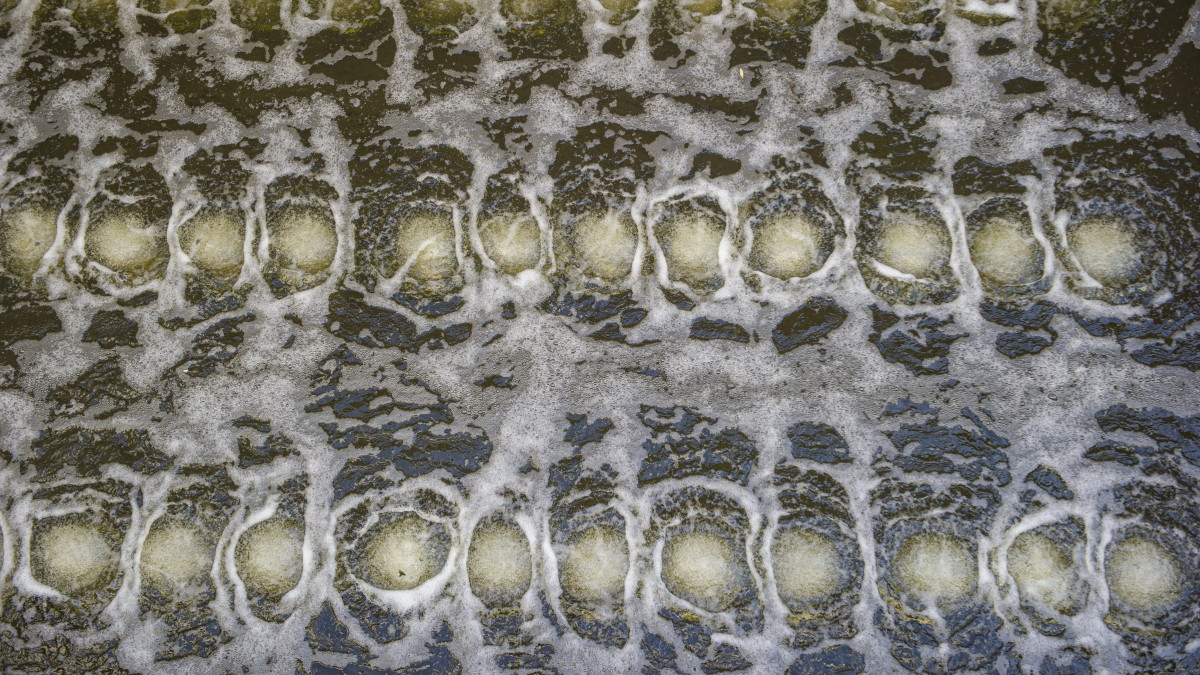From the far north of Canada to the far south of Australia, researchers all over the world are constantly checking wastewater: within a year, dozens of sewage testing programs became two hundred all over the world after discovering that in addition to faeces, the virus leaves particles from your foundation. , Writes A nature.
With the help of information gathered from wastewater, scientists can track the epidemic, find out where an outbreak is expected, determine which neighborhood deserves more testing, and estimate the total number of people infected in each neighborhood – as it happens weekly. The health center is also in Hungary for another week.
Anna Maria de Roda Haussmann, an infectious disease researcher at the Netherlands National Institute of Public Health and the Environment, says wastewater analysis has always played a major role in monitoring epidemics, but such a recovery has never been seen before.
It can be used for many purposes
Countries run surveillance programs of varying size depending on the severity of the epidemic and use the results for a wide range of purposes.
In the United Arab Emirates, for example, it was spelled out
Based on the sewage water on the receiving flights, it is determined whether it is infected among the passengers.
In Hong Kong, wastewater is also checked in every building to see if someone is sick in the block but nothing is known about it yet. And in Canada, researchers are curious about the variants that are near them.
It is common for all programs to be considered as an early warning system for wastewater testing. A few days before symptoms appear, the virus’s genetic material begins to shed from the body: But Roda Haussmann is using her own data to predict saturation in the hospital in the near future.
In America, wastewater is being tested on college campuses on college campuses so that if Coronavirus appears there, students can be encouraged to test.
Ten thousand students cannot be tested continuously, this method is much cheaper and detects 85 percent of undergraduate cases.
We also need to be innovative
Australian researchers have also been challenged in this way. In the vast island nation, infection rates have remained low so far during the pandemic, but using this technique it is difficult to filter out cases that affect one or two people out of every million. According to the basic method, a bottle is inserted into a wastewater collector or factory tank that treats it, and samples are taken with it. In Australia, by contrast, gauze or other absorbent material is placed in a passive sample collector that can be submerged in wastewater for up to four days, allowing fragments of the virus to be picked up more successfully.
By the way, there are some researchers who believe this
Sewage testing is the most effective way to monitor the epidemic,
This also gives an idea of infections without symptoms. As Gertjan Miedema, a microbiologist at the KWR Institute for Water Research in New Zealand, said: Not everyone goes to the test, but everyone goes to the bathroom.
India is a hard nut to break
However, in developing countries, this method is not as easy to apply as anywhere else. Currently, 70 percent of wastewater monitoring programs run in developed countries.
“In India, the test is very difficult because the wastewater systems are fragmented,” says Sudipti Arora, an environmental researcher at the Dr B Lal Institute of Biotechnology in Jaipur, India. According to him, only about a third of the cities have a sewage network.
“Slums and rural areas were largely excluded from the scope of our study.”
Many scientists working in the field say that the positive benefits of the epidemic could make wastewater use more prevalent in public health observations – whether to monitor future epidemics or other health indicators such as stress hormones or caffeine consumption.
All Infostart articles about Coronavirus can be read here!
Opening image: MTI / Rosta Tibor












































